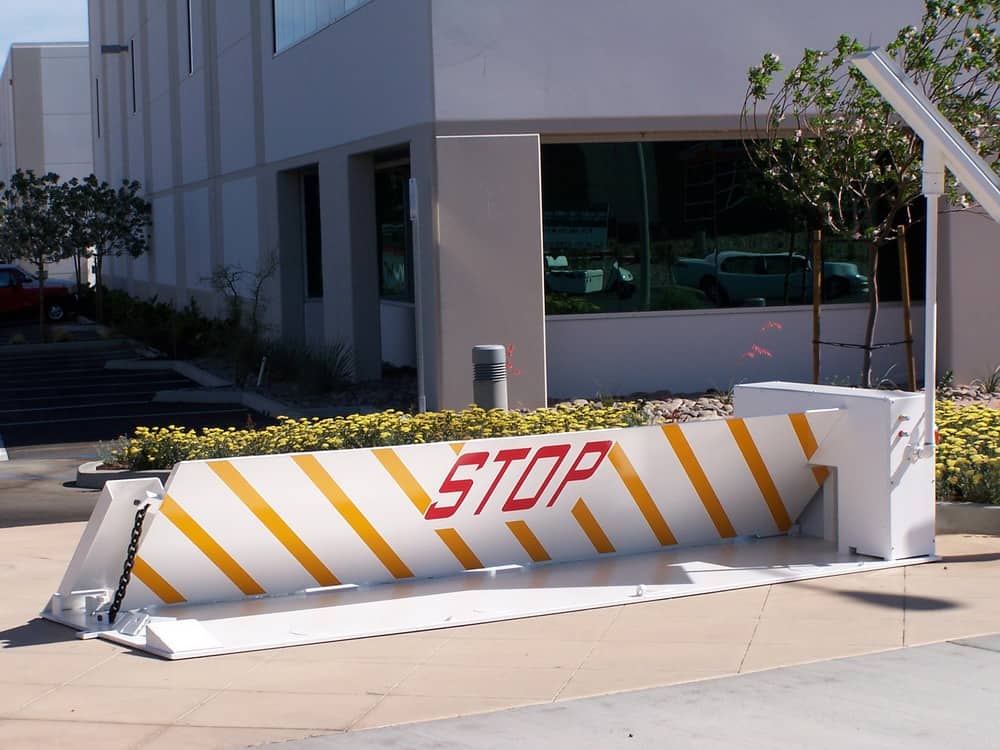Security Challenges of Keeping the Lights On

A nation’s utilities are one of the most integral parts of its infrastructure. Disrupting electricity, natural gas or water can inconvenience, or more threaten, the lives of thousands of citizens. These facilities pose challenges not generally associated with other locations. While cybersecurity is at the forefront of utility protection, these locations still need to be protected from more traditional physical assaults as well.
Targets for Terror
Since the primary object of terrorism is to induce fear, logical targets are those that take away a victim’s sense of safety. Unprovoked attacks on civilians are the most common approaches, but few things can cause panic as much as a loss of control. Shutting down natural gas or electricity providers forces citizens to live without light or heat. While expected during hurricanes or snowstorms, a surprise loss of power may leave thousands of people without light and heat.
The confusion surrounding dramatic events such as large-scale power loss makes utilities a prime target. Cyber attacks are currently on the rise, and while these events can be undertaken remotely direct physical assaults are still a distinct possibility. Thanks to the power and effectiveness of using vehicles as weapons, a security breach can be disastrous for any location. The situation is compounded by the fact that many transfer stations remain vulnerable because they are isolated and possibly unmanned.
Necessary Measures
In 2014, the Florida Public Service Commission Office of Auditing and Performance Analysis drafted a report on local utilities, specifically focusing on the necessity for comprehensive physical security. Among their recommendations were safeguards against vehicle events and measures that should be taken to help secure such premises. In addition, the North American Electric Reliability Corporation, NERC, has established guidelines that institutions must consider when developing security plans. These steps include the following.
- Barrier and bollards: One of the most effective methods of staving off vehicular intrusion is the installation of devices that can stop their progress before entering the facility’s grounds. Shallow foundation barricades such as the DSC501 are an excellent option since they have high stopping power with a low-profile design when not in use.
- Gates: The NERC indicates that gating off secondary entryways will not only keep vehicles away from the site but acts as a deterrent for foot traffic as well. Choosing a strong sliding gate similar to the DSCSC3000S model provides excellent protection without the concern that swinging gates pose.
- Portable barriers: When a facility is at imminent risk, additional defensive tactics may be warranted. While the NERC suggests using loose equipment and heavy storage materials to fulfill this need, devices such as the DSC1000 are light enough to move quickly and feature easy storage and installation.
Maintaining the continued operation of gas, water and electrical facilities is essential to keep the daily lives of a country’s citizens stable, no matter where they are located. Contact the expert staff at Delta Scientific today to learn more about perimeter security. Using comprehensive defensive systems, it is possible to make even the most remote and isolated site more secure against a vehicular event.
Share This Story, Choose Your Platform!
